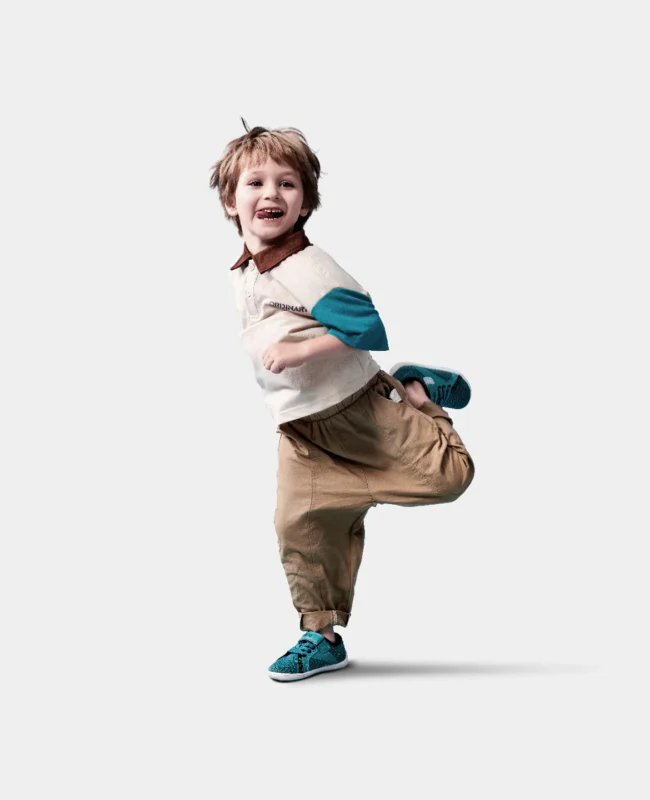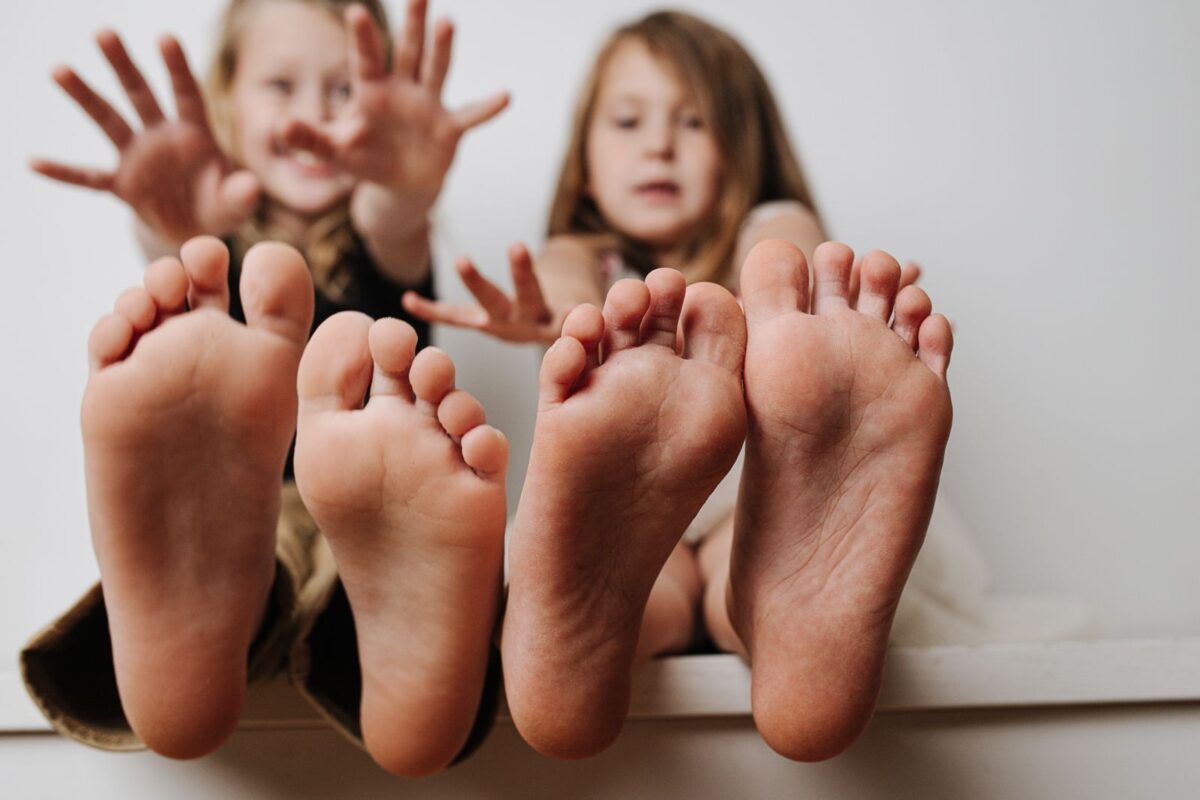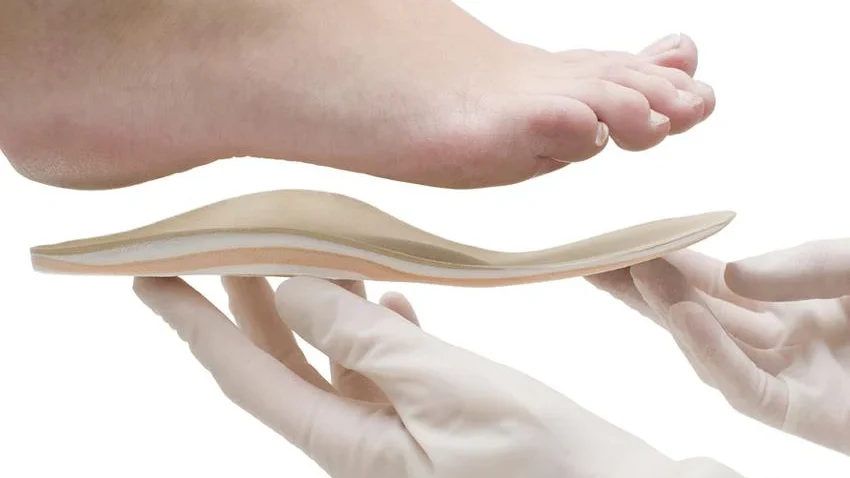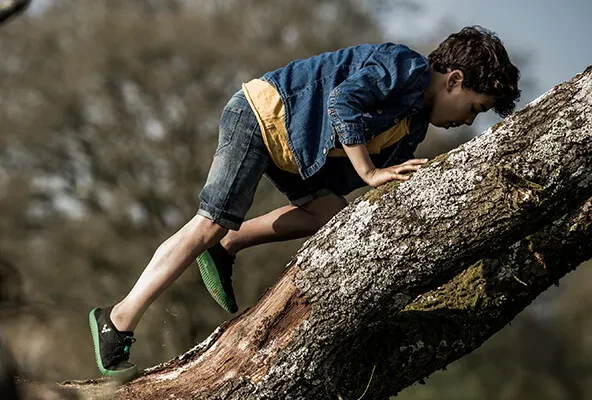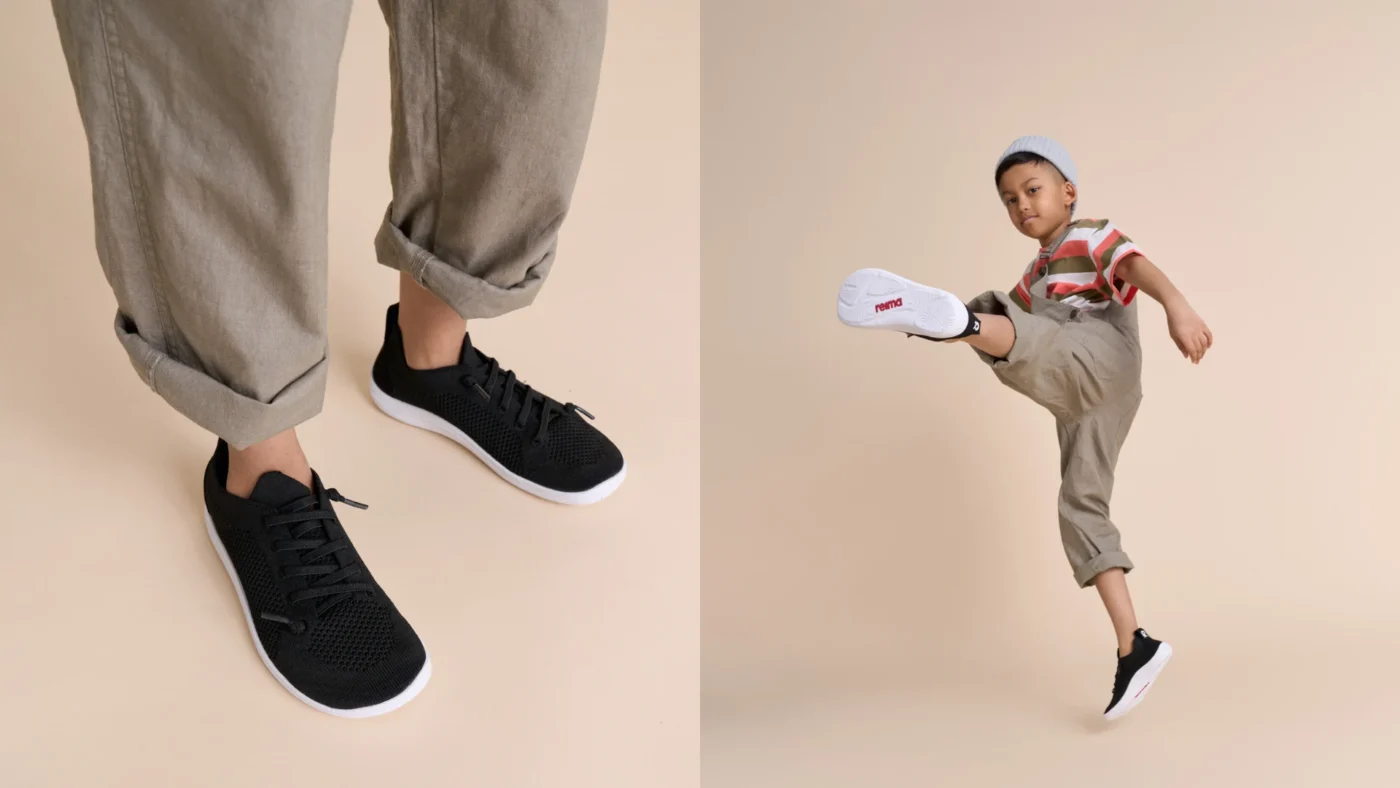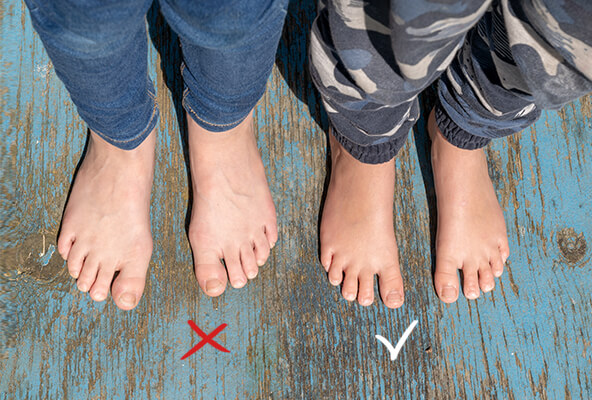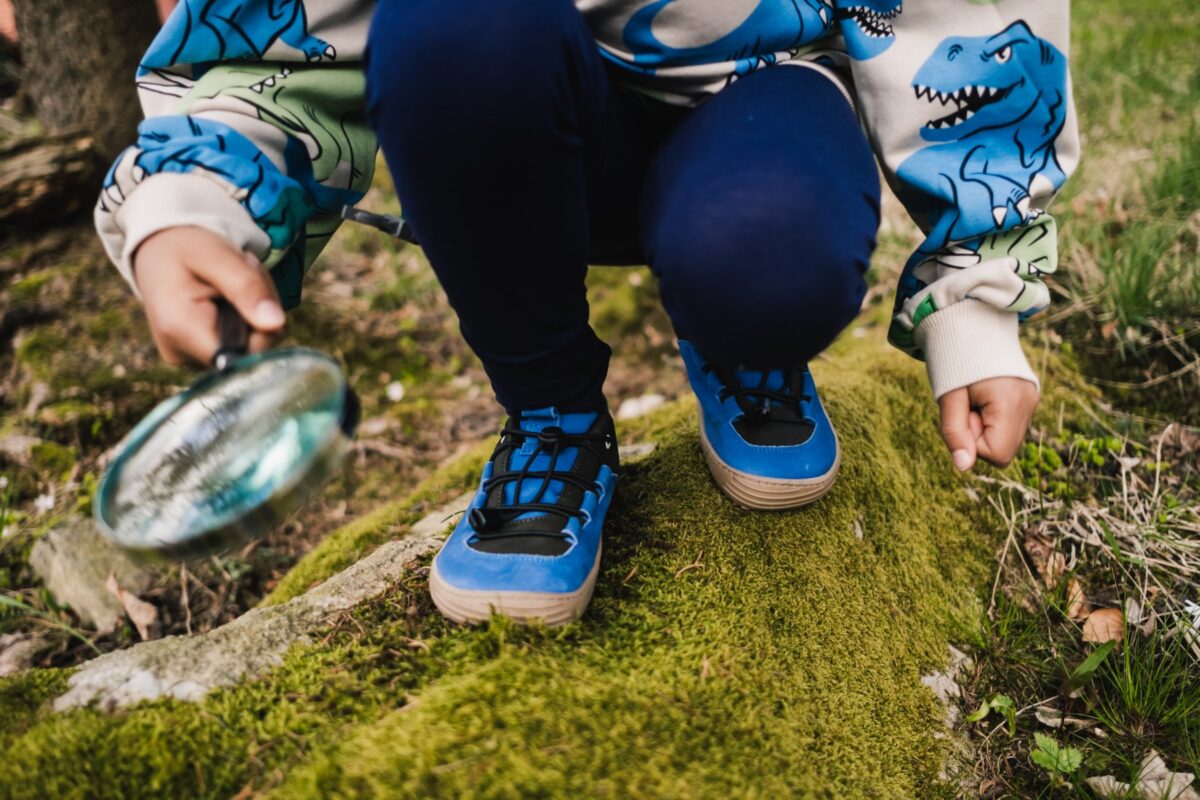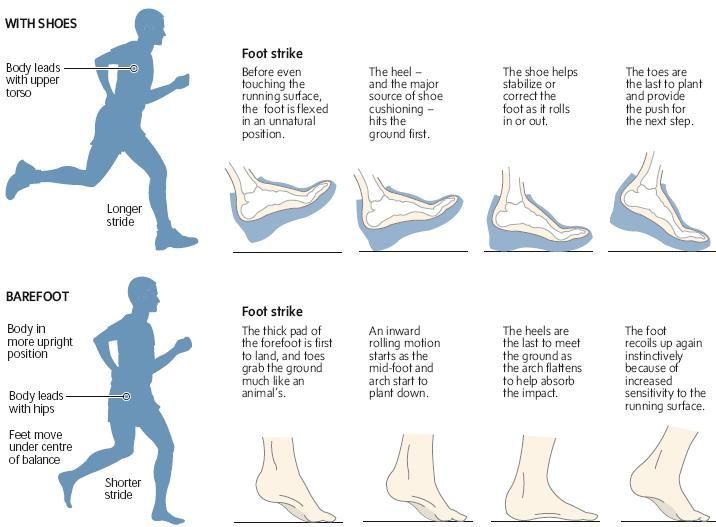Posture plays a vital role in overall health, from reducing back pain to improving confidence and mobility. Surprisingly, one of the biggest influences on posture starts at the feet. Traditional footwear, with its raised heels and rigid soles, can throw off your natural alignment. Barefoot shoes, on the other hand, offer a minimalist design that supports proper posture naturally.
Let’s explore how barefoot shoes can help improve posture and why they’re becoming a favorite among health-conscious individuals.
What Is Posture and Why Does It Matter?
Posture refers to how you hold your body while standing, sitting, or moving. Good posture ensures that your body’s weight is evenly distributed, reducing strain on muscles and joints. Poor posture, often caused by factors like sedentary lifestyles and improper footwear, can lead to:
- Chronic back, neck, and shoulder pain.
- Reduced balance and stability.
- Fatigue and muscle weakness.
How Traditional Shoes Affect Posture
Traditional shoes often come with features that can negatively impact your alignment:
- Raised Heels: Shift your weight forward, causing the spine to compensate and leading to misalignment.
- Narrow Toe Box: Crowds the toes, limiting their ability to stabilize your body naturally.
- Rigid Soles: Restrict natural foot movement, weakening foot muscles and altering your gait.
The Barefoot Shoe Advantage
Barefoot shoes are designed with a focus on natural movement and alignment. Here’s how they contribute to better posture:
1. Zero-Drop Soles for Natural Alignment
Barefoot shoes have a flat sole (zero-drop), meaning there’s no height difference between the heel and toe. This design encourages a natural, upright posture by:
- Allowing your spine to maintain its natural curvature.
- Evenly distributing weight across your feet.
2. Strengthened Foot Muscles
By removing excess cushioning and arch support, barefoot shoes encourage your feet to engage fully. Stronger foot muscles provide a stable foundation for your body, reducing strain on your back and joints.
3. Wide Toe Box for Balance
A spacious toe box lets your toes splay and grip the ground naturally. This improves your balance and stability, both of which are essential for maintaining proper posture.
4. Enhanced Ground Feel
Barefoot shoes allow you to feel the ground beneath you, increasing proprioception (your body’s awareness of its position). This heightened sensory feedback helps you adjust your posture in real time, especially on uneven surfaces.
The Science Behind Barefoot Shoes and Posture
Studies have shown that footwear with a zero-drop design can reduce the forward tilt of the pelvis, a common cause of lower back pain. Additionally, by promoting a more natural gait, barefoot shoes can help retrain your body to move in a way that supports proper alignment.
Tips for Improving Posture with Barefoot Shoes
If you’re ready to try barefoot shoes to improve your posture, follow these tips for the best results:
- Transition Gradually: Start wearing barefoot shoes for short periods and increase usage as your feet adapt.
- Incorporate Exercises: Strengthen your feet and core with posture-focused exercises.
- Be Mindful of Your Alignment: Practice standing tall with your shoulders back and weight evenly distributed.
Who Can Benefit from Barefoot Shoes?
Barefoot shoes are an excellent choice for:
- People experiencing back pain or poor posture.
- Those looking to strengthen their feet and improve balance.
- Anyone seeking a more natural, aligned way to move.
Conclusion: Align Your Body with Barefoot Shoes
Barefoot shoes aren’t just a trend—they’re a powerful tool for improving posture and overall body alignment. By supporting natural movement, strengthening your feet, and enhancing balance, they can help you stand tall and feel better in your everyday life.
Why not take the first step toward better posture today?
Ready to experience the benefits of barefoot shoes? Explore our collection of barefoot shoes designed to improve posture and support your natural alignment.


